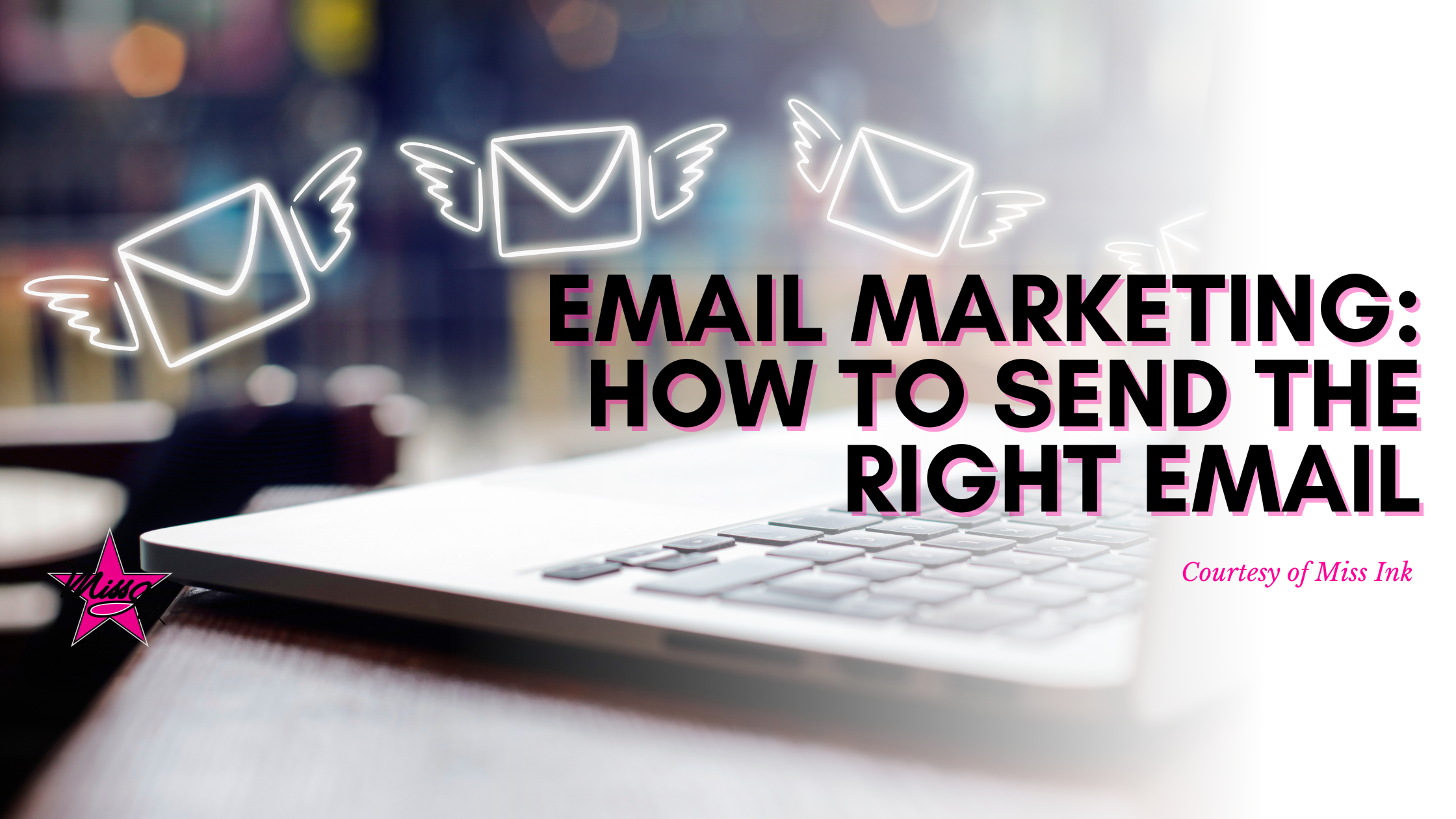One advantage that small businesses have over large corporations is the ability to resonate with small communities, building trust with local customers faster. Email marketing can be a great tool for this.
Consider that 81% of small businesses use email marketing as their primary way to get new customers (
Oberlo, 2020), and Statista estimates that for the year 2023, there will be 4.3 billion email users.
Whether you have already started your email marketing strategy or are just thinking about starting one, here are some tips to consider:
- Build your list: Before sending out any emails, you need to have contacts to send them to. You can start by creating a signup form.
- Encourage sign-ups: Even if you already have some contacts in your lists, make sure to encourage users to sign up to your email list by placing a signup form anywhere you can, including your website (contact page, footer, homepage), social media platforms and even offline, through a link or a QR code that direct users to the form.
- Freebie (lead magnet): Remember to offer an incentive to people in exchange for joining your list. It could be a guide, a template, a video, or anything that represents something of value to your audience without losing relation with your products/services.
- Segment your lists: segmenting your contacts will allow you to send targeted content to your audiences. You can segment your list by:
- Demographics: gender preference, geography, age group.
- Past purchase behaviors: purchased product, number of purchases, or whether they were purchased during a promotion.
- Email engagement: users that click on the majority of your emails, and those who don’t.
- Brand loyalty.
- People who clicked on a specific link.
You can also segment your lists depending on your brand’s needs.
- Email Frequently: According to Hubspot, 35% of marketers email their subscribers 3 to 5 times a week. Don’t be afraid of people unsubscribing to your email list, because at the end of the day, people who are truly interested in your brand will be looking forward to hearing from you. However, you can always test out different frequencies with your list and see what works best.
- Make it personal: Personalizing your emails goes far beyond addressing your subscribers by name. The important thing is to send emails to your audience based on their needs, interests, and how they’ve interacted with you in the past. This is why segmentation is important.
- Optimize emails for mobile devices: Consider that many subscribers may open emails exclusively on their mobile devices. According to Litmus, 42% of your subscribers open emails from their mobile devices, so this means your emails have to look good on mobile.
When creating emails, it is also important to make them accessible to readers with cognitive or visual impairments. This means having content that can be accessed by using voice assistants and screen readers.
You can also make your content concise and legible, use headers in order to establish a hierarchy, provide descriptions for any images, and choose a font, color scheme, and layout that allows the email to be as readable as possible.
- Email unique content: It is imperative to focus on the value that you offer your audience through your emails. You can start by asking yourself “what’s in it for subscribers?”
Think about your audience and what they are interested in, what they signed up for, and give it to them in a way they appreciate.
- Optimize each part of your content: an important part of offering great content is optimizing every aspect of it:
- Subject line: 41-50 characters is the average character length that will appear on a mobile device. Avoid any language that isn’t “human” or helpful. Keep it short, personalize it and be creative.
- Name and email: avoid using a no-reply address, and instead use a familiar company email address.
- Preview text: this is the snippet of copy that’s pulled in from the body of the email. It needs to continue the theme presented in the subject line, teasing out the content of the email.
- Email copy: the body of the email should be written clearly, with a primary goal and purpose in mind. Write for scanability, using a tight tone and personalizing when appropriate. And don’t forget to double-check grammar and spelling.
Although email marketing may seem simple, it is an important tool and part of an overall marketing strategy that needs to be planned and curated beforehand, so that it aligns with the rest of the content you send out into the online and offline world.
At Miss Ink, we can create a digital marketing strategy for your business; one that will help you reach your business goals. From planning content to email marketing and more, we are here to help. Give us a call at (305) 537-6465 or fill out
this form to get started on your digital marketing journey.



